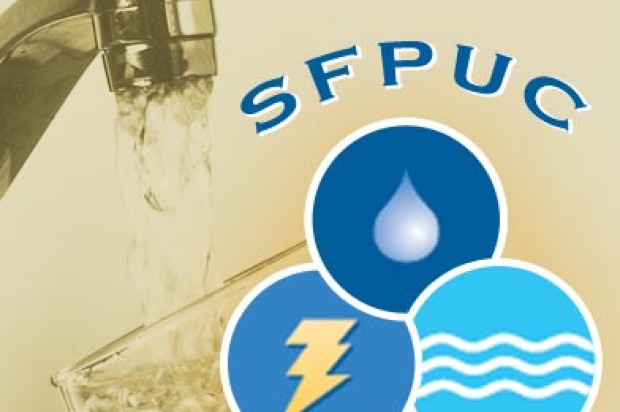
An ordinance introduced today by San Francisco Supervisor Scott Weiner could require certain new developments to build on-site water reuse systems while requiring the city to use nonpotable water for cleaning and irrigating public spaces.
“We cannot keep flushing drinking water, literally, down the toilet,” Wiener said as he introduced the legislation at today’s San Francisco Board of Supervisors meeting.
He said using drinking water to flush toilets and irrigate landscaping is a “complete waste of a precious resource.”
Wiener said the city needs to take an aggressive approach to conserving water as California continues to grapple with one of the most severe droughts on record.
The legislation proposes that large developments of 250,000 square feet or more, located within the city’s reclaimed water zone, install on-site water reuse systems for nonpotable uses, while also requiring all developments 40,000 square feet and above citywide to go through an on-site water reuse analysis by the San Francisco Public Utilities Commission.
The SFPUC’s website states that the commission is committed to using local water sources to reduce the city’s dependency on distant reservoirs while also limiting the amount of water the city needs from the Tuolumne River, thereby preserving California’s watersheds.
According to the SFPUC, graywater contains some soap but is clean enough to water plants. Because of plumbing configurations however, perfectly good graywater generally leaves a building along with black water. Black water, on the other hand, is wastewater containing bodily or other biological waste usually flowing out of toilets, urinals and dishwashers.
On-site water reuse systems, such as graywater and storm water recapture systems, would decrease the city’s consumption of drinking water that comes from Hetch Hetchy reservoir in Yosemite National Park, at a time when drought continues to threaten the state’s water supply.
These systems include capturing graywater from bathroom sinks, showers and laundry machines, as well as rainwater and foundation water.
Wiener said that the ordinance would require graywater and storm water recapture systems in new developments and would also push all city departments to use nonpotable water for cleaning and irrigation of public spaces within the next five years.
The legislation would also require the SFPUC to report back on the feasibility of retrofitting existing buildings for on-site water reuse systems, so the city can consider widespread policies to further on-site water reuse in existing buildings.
“California’s water shortage isn’t a temporary problem but rather a long-term structural challenge. We must take aggressive policy actions to conserve water,” Wiener said.
The ordinance, however, could mean more costs upfront for developers, but Wiener said that the water reuse systems would pay for themselves over time.
Hannah Albarazi, Bay City News









